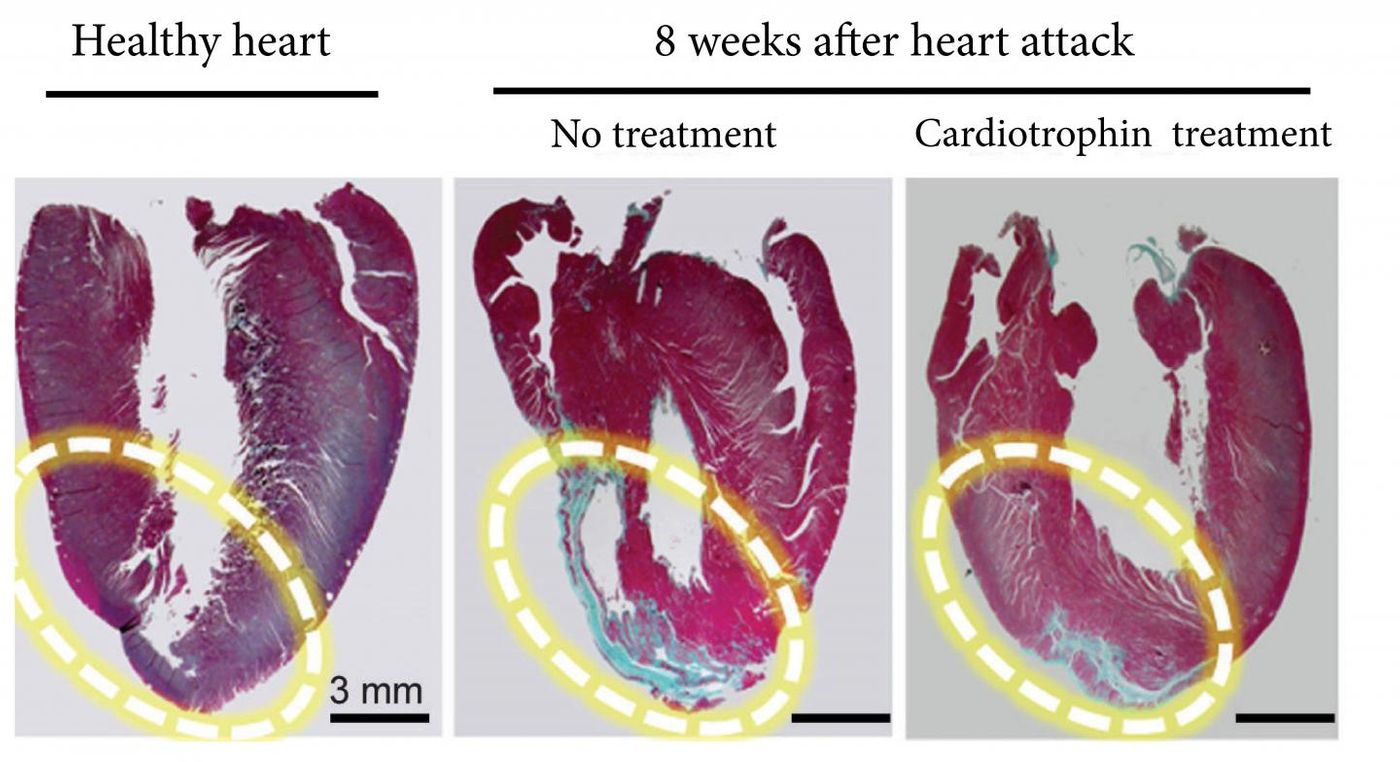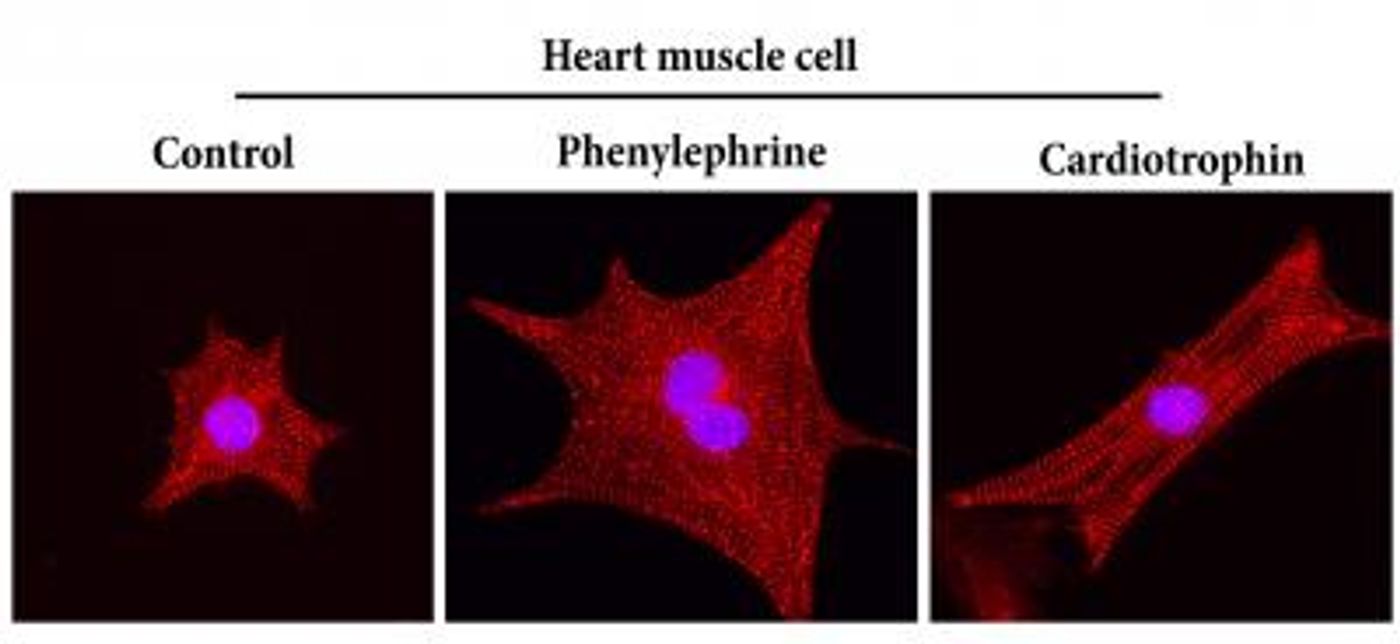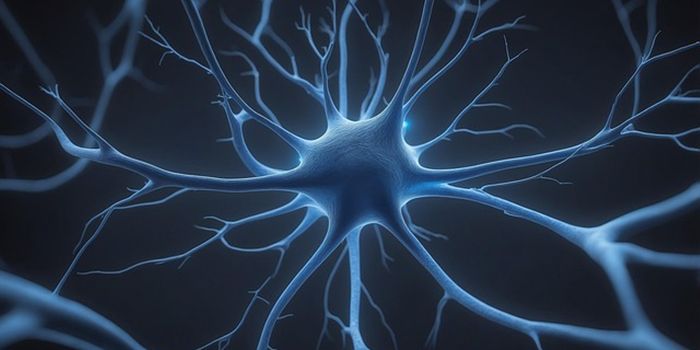Heart Protein Makes the Heart Think You're Exercising When You're Not
When the heart grows larger, it can be for one of two reasons. One reason is a result of heart failure, where heart cells multiply in effort to pick up the slack when parts of the heart are damaged, often due to heart attack. In a new study, researchers identified the second reason, and it’s actually a healthy change for the heart.
Cardiotrophin-1 (CT-1) protein is currently in the spotlight; a new study from scientists at the Ottawa Hospital Research Institute revealed that CT-1, a cytokine, triggers healthy growth in the heart, not like the growth that makes heart failure worse. Researchers found that CT-1 repairs heart damage and improves blood flow, similar to the effect exercise and pregnancy have on the heart.
Good vs. Bad Heart Growth
"When part of the heart dies, the remaining muscles try to adapt by getting bigger, but this happens in a dysfunctional way and it doesn't actually help the heart pump more blood," explained senior author Dr. Lynn Megeney. "We found that CT1 causes heart muscles to grow in a [healthier] way, and it also stimulates blood vessel growth in the heart.”
Heart failure causes damage to the left side of the heart when heart muscle cells can’t pump enough blood to the body’s tissues, which are subsequently deprived of oxygen. On the other hand, pulmonary hypertension causes damage to the right side of the heart due to high blood pressure in the lungs. CT-1 can treat both.
"Currently, the only treatment for right heart failure is a transplant,” explained co-senior author Dr. Duncan Stewart. “And although we have drugs that can reduce the symptoms of left heart failure, we can't fix the problem, and left heart failure often leads to right heart failure over time."
Comparing Good and Bad
Megeney, Stewart, and the rest of the research team conducted their studies in a variety of animal models and cells grown in the lab, where they compared the effect of CT-1 to the effect of a drug called phenylephrine (PE), which triggers bad heart growth. They found that while both PE and CT-1 induced heart muscle growth, the type of growth was different; CT-1 created longer fibers and PE created wider fibers. Additionally, PE and CT-1 induced growth (in their own way) through the same molecular pathway, but CT-1 controls the pathway better. Lastly, they saw that CT-1’s effect mimicked that of exercise or pregnancy in that the heart returns to its normal size after CT-1 treatment stops. The heart growth stimulated by PE is forever.
The research team has yet to test the effect of CT-1 directly in humans, but the results they’ve seen so far in several different animal models show promise. "This suggests the action of CT1 is universally conserved and puts us much closer to therapy,” said co-author Dr. Patrick Burgon.
Although exercise has the same effect on the heart as CT-1, most heart failure patients aren’t able to exercise as much as they should. So if CT-1 is successful in tests with humans, the treatment derived from these studies could be life-changing for people with heart failure.
The present study was published in the journal Cell Research.
Sources: Ottawa Hospital Research Institute, International Journal of Experimental Pathology, Circulation










